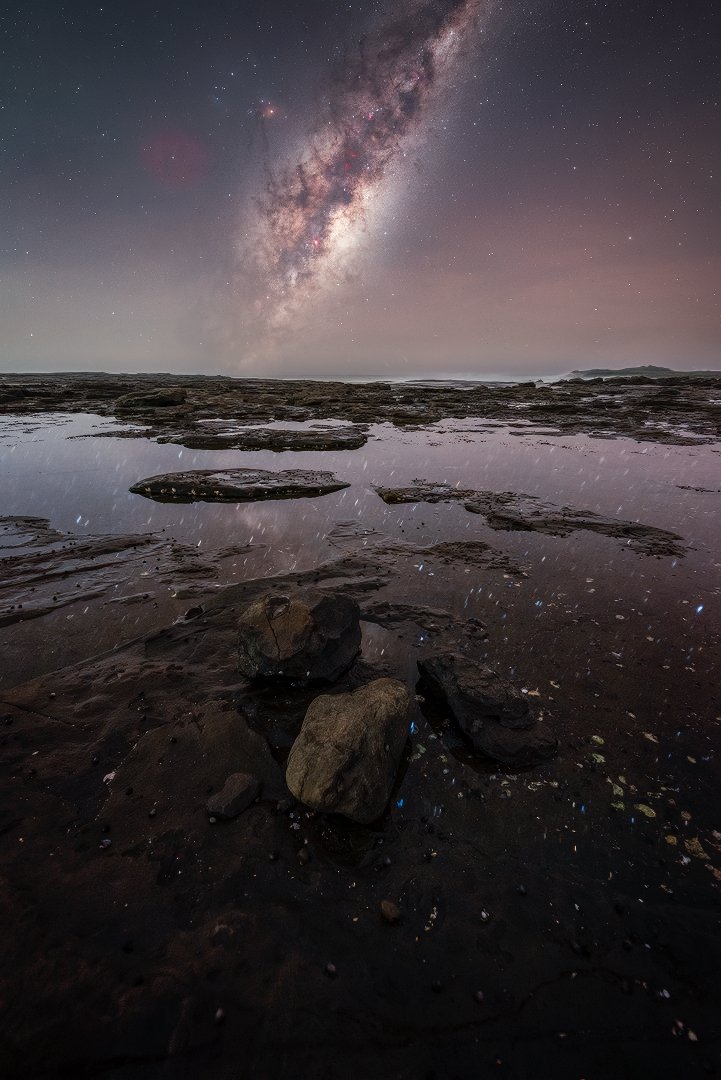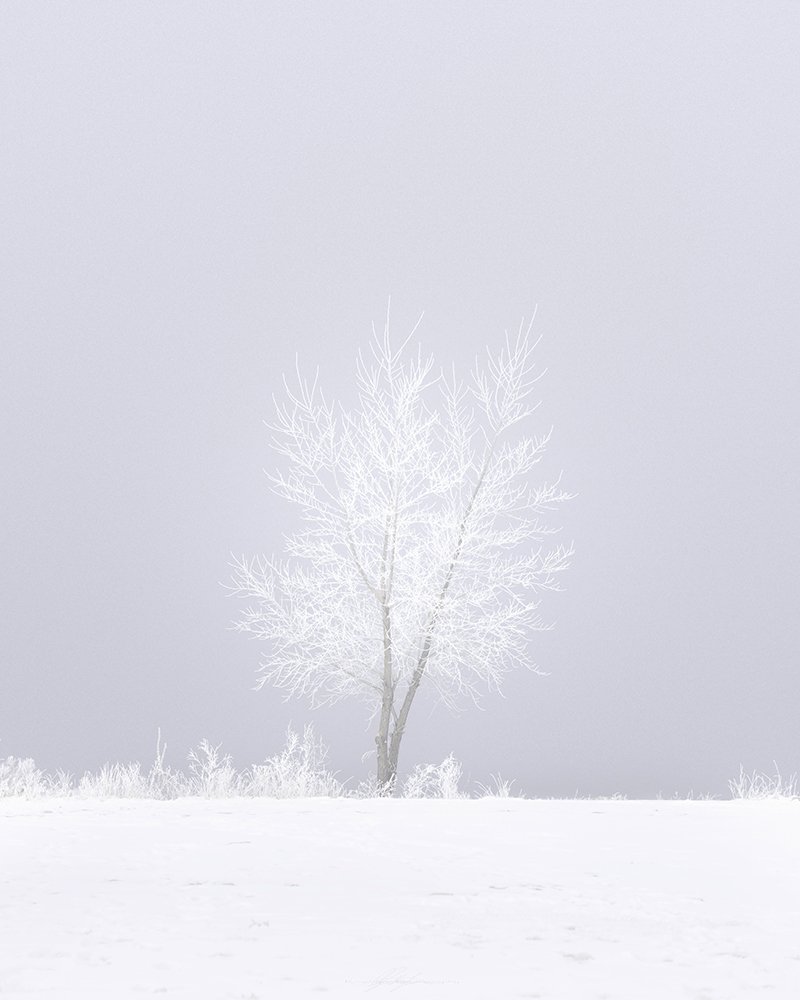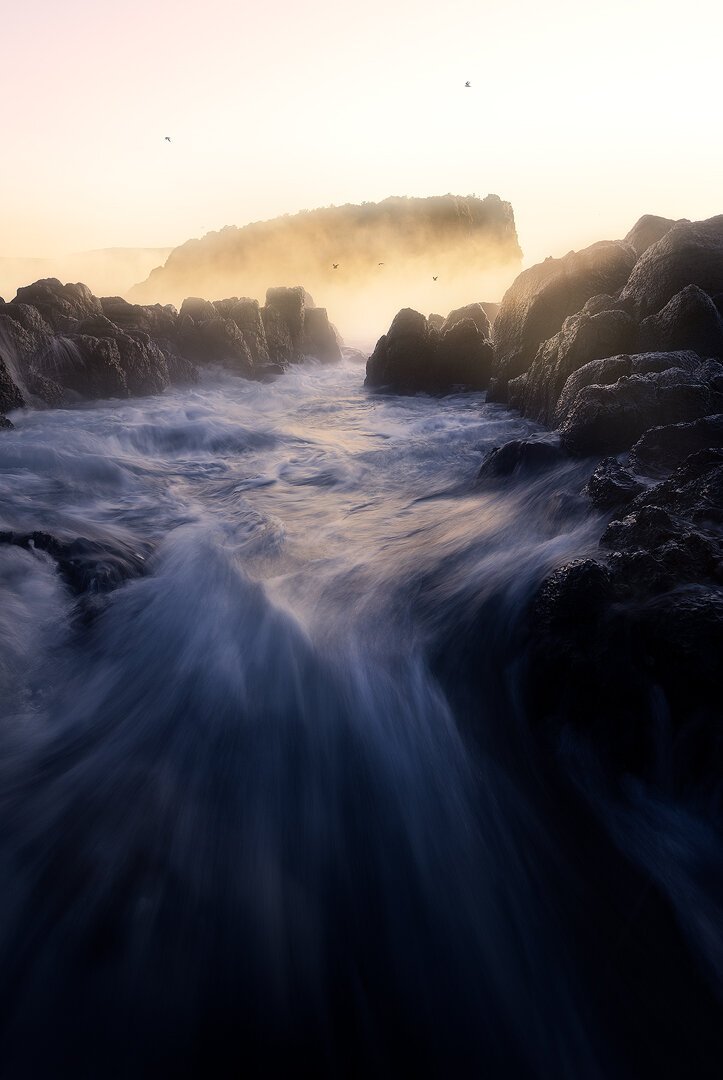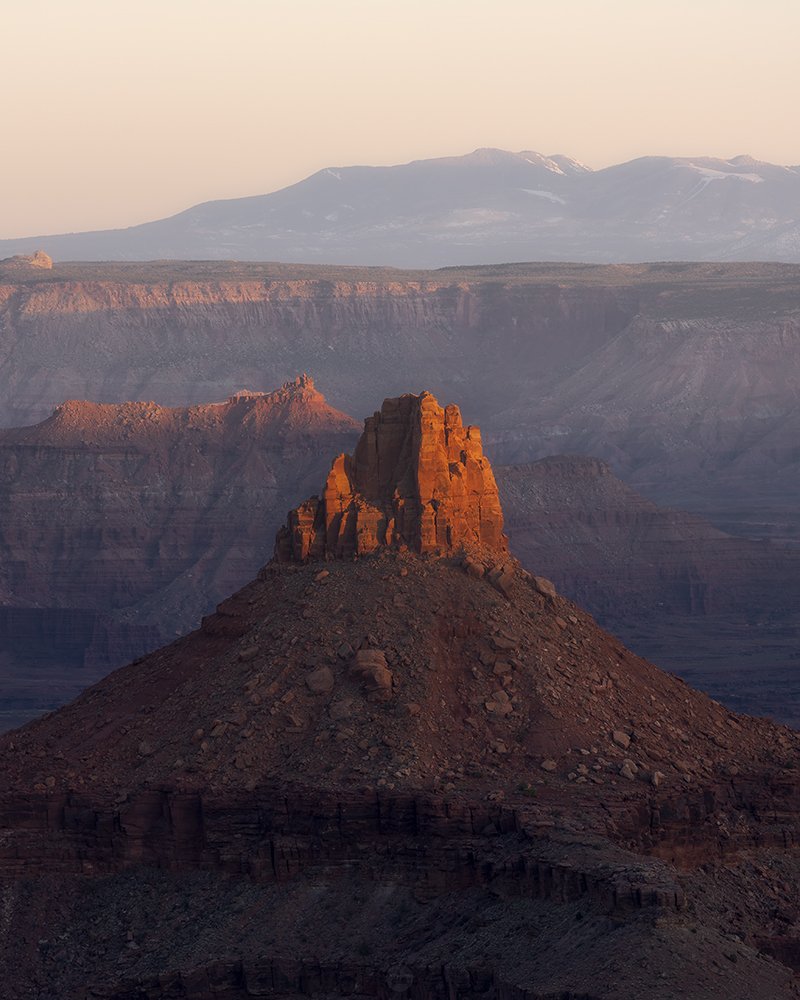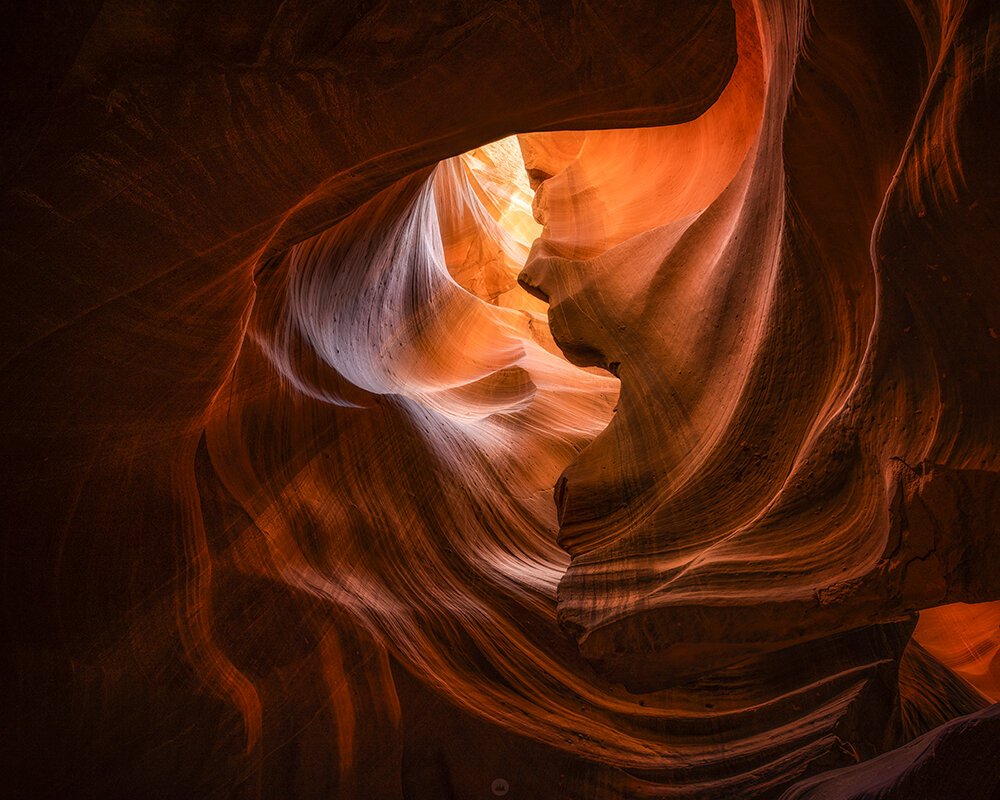1. Rule of thirds
The rule of thirds is a fundamental principle of composition that suggests that an image is most aesthetically pleasing when its subject is placed along one of the lines that divide the image into thirds, horizontally or vertically. This rule is based on the idea that the human eye is naturally drawn to points of interest that are located at the intersections of these lines.
To use the rule of thirds in your compositions, you can divide your frame into a 3x3 grid by drawing two equally spaced horizontal lines and two equally spaced vertical lines. Then, you can place the main subject of your image along one of these lines or at one of the intersections. For example, you might place the horizon of a landscape along the top or bottom third of the frame, or you might place the main subject of a portrait along one of the vertical thirds.
By using the rule of thirds in your compositions, you can create balanced and visually appealing images that draw the viewer's attention to the main subject and provide a sense of structure and organisation.
2. Leading lines
Lines are an important element in photography that can be used to add depth and interest to an image. Lines that lead the eye through the image, such as roads, streams, or fences, can help to create a sense of movement and guide the viewer's gaze through the frame. These lines can be used to direct the viewer's attention to the main subject or to create a sense of depth and perspective in the photograph.
There are many different types of lines that can be used in photography, and you can be creative in the way you use them to add interest to your images. For example, you might use the structure of a rock or the shape of different stones to create lines and patterns in the foreground of your image. Similarly, you might use lines in the sand, broken branches, or other elements to create a sense of texture and depth. By incorporating lines into your compositions, you can add depth and interest to your images and guide the viewer's gaze through the scene.
3. Foreground interest
Including elements in the foreground of a landscape photograph can be an effective way to add depth and dimension to the image. By placing objects in the foreground, you can create a sense of perspective and distance, making the background elements appear farther away and giving the image a sense of depth.
There are many different types of elements that you can include in the foreground of your landscape photographs, such as rocks, plants, or other natural features. For example, you might include different textures found in the foreground, such as leaves, rocks, or flowing water, to add interest and depth to the image. You can also use the elements in the foreground to create a sense of movement and guide the viewer's gaze through the scene. By carefully considering the elements in the foreground of your landscape photographs, you can create more dynamic and interesting images that capture the viewer's attention.
4. Balance
A balanced composition is one in which the elements of the image are evenly distributed and create a sense of harmony. This can be achieved in a variety of ways, such as by placing the main subject in the centre of the frame or by using elements on either side of the frame to balance the composition.
One way to create a balanced composition is to place the main subject in the centre of the frame, using the surrounding elements to create symmetry and balance. For example, you might photograph a lone tree in the centre of the frame, with a dramatic sky above and a clear, open foreground below. This simple and balanced composition can create a sense of harmony and draw the viewer's attention to the main subject.
Alternatively, you can use elements on either side of the frame to balance the composition and create a sense of harmony. For example, you might photograph a landscape with a dramatic mountain on one side of the frame and a calm lake on the other, using the contrasting elements to create balance and interest in the image. By considering balance in your compositions, you can create harmonious and aesthetically pleasing images that engage the viewer.
5. Perspective
The angle from which a photograph is taken can have a significant impact on its overall composition and the way it is perceived by the viewer. Changing the angle of the camera can alter the perspective and give a different sense of scale and proportion to the subjects in the photograph. For example, taking a photograph from a high angle can give a sense of grandeur and sweep, making the subjects appear smaller and the surroundings seem larger. On the other hand, a photograph taken from a low angle can make the subject appear larger and more imposing, giving the image a sense of power and dominance.
The angle of the photograph can also be used to highlight specific details or textures. For example, if you are photographing a wave coming in over some rocks, a low angle might allow you to capture the sweeping motion of the wave and the texture of the rocks. Alternatively, if you are photographing a mountain, a high angle might allow you to capture the vast details and make the mountain appear larger and more prominent. By considering the angle at which you take a photograph, you can add depth and interest to your images and control the way the subject is perceived.
6. Framing
Using elements within the scene to frame the main subject can be an effective technique for adding depth and interest to a photograph. This can be done by positioning the frame around the main subject, or by using the frame to draw the viewer's eye to the main subject. For example, you might use trees or arches to frame the main subject, or you might use the edge of a doorway or window shape to create a natural frame.
Using a longer focal length can also help to frame the image and flatten the background, making it appear closer and more appealing. A longer focal length has a narrower field of view and can create a shallower depth of field, which can help to draw attention to the main subject and blur the background. This can be especially effective when shooting mountains or other close-up subjects, as it can help to create a sense of intimacy and focus. By using elements in the scene to frame the main subject, you can add depth and interest to your images and draw the viewer's eye to the most important elements of the scene.
7. Negative space
Negative space refers to the area around and between the main subjects in an image. Including negative space in a photograph can help to emphasise the main subject and create a sense of balance in the composition. Negative space can be used to create a sense of openness and emptiness, allowing the viewer's eye to rest and focus on the main subject.
For example, you might photograph your main subject against a blank sky for the background to create a sense of negative space and emphasise the subject. This can be especially effective when the main subject is a small or detailed object, as the negative space can help to draw attention to the subject and create a sense of balance in the image. Alternatively, you might use negative space to create a sense of isolation or loneliness, depending on the mood and message of your photograph. By including negative space in your compositions, you can create dynamic and interesting images that emphasise the main subject and create a sense of balance.
8. Simplicity
When composing a photograph, it is often best to keep things simple and avoid cluttering the image with too many competing elements. A photograph with a simple, uncluttered composition can be more effective and easier for the viewer to understand and engage with. In contrast, an image with too many competing elements can be overwhelming and confusing, making it difficult for the viewer to focus on the main subject.
For example, when photographing a mountain scene, you might choose to focus on a lone jagged peak, rather than including multiple peaks in the frame. This simple composition can create a strong and powerful image that draws the viewer's attention to the peak and avoids distractions. Similarly, when photographing other subjects, you might choose to eliminate unnecessary elements and focus on the main subject to create a more effective and impactful photograph. By keeping your compositions simple and uncluttered, you can create powerful and engaging images that communicate your message effectively.
9. Cropping
Cropping is an important technique in photography that involves trimming or cutting away parts of an image to change its composition. Careful cropping can help to improve the overall balance and focus of a photograph by eliminating distractions and highlighting the main subject. For example, if you are photographing a tree, you might crop out the branches to focus on the leaves and flowers, or you might crop out distracting elements in the background to create a cleaner and more cohesive image.
Cropping can also be used to adjust the aspect ratio of an image, which is the relationship between its width and height. By cropping an image to a specific aspect ratio, such as a traditional 4:3 or a modern 16:9, you can produce a more visually appealing photograph that conforms to standard print or display sizes. In this way, cropping can be a powerful tool for creating superior images that are well-composed and visually appealing.
10. Depth of field
A shallow depth of field refers to a photograph in which only a small area appears to be in focus, while the rest of the image appears blurry. This technique can be used to draw attention to the main subject of the photograph and create a sense of depth. For example, if you are photographing a flower, using a shallow depth of field can help to blur the background and make the flower stand out as the primary focus of the image. On the other hand, if you are photographing a landscape, you might want to use a deep depth of field to keep everything in the image in focus, from the foreground to the background. By understanding how to control the depth of field in your photographs, you can effectively highlight the most important elements of your scene and create a sense of depth and dimension.
11. Bonus Tip
Pay attention to the light and how it changes from different times to different conditions. Light is one of the most important elements in photography, and it can greatly affect the mood and feel of a photograph. In landscape photography, you can use the light to highlight certain elements in the scene and create a sense of drama or mood. For example, you might use backlighting to create a silhouette effect, or you might use soft, diffused light to create a dreamy, ethereal feel. Paying attention to the direction and quality of the light can help you create more dynamic and interesting landscape photographs.
Conclusion
There are several important fundamentals to consider when composing a landscape photograph. These include the rule of thirds, leading lines, foreground interest, balance, perspective, framing, negative space, simplicity, cropping, depth of field, and the quality of light. By applying these principles, you can create more dynamic, interesting, and aesthetically pleasing landscape photographs. It's important to remember that these are just guidelines, and that you should feel free to experiment and try different compositions to see what works best for your particular scene. The most important thing is to have fun and be creative, and to keep practicing and learning to improve your skills as a landscape photographer.
